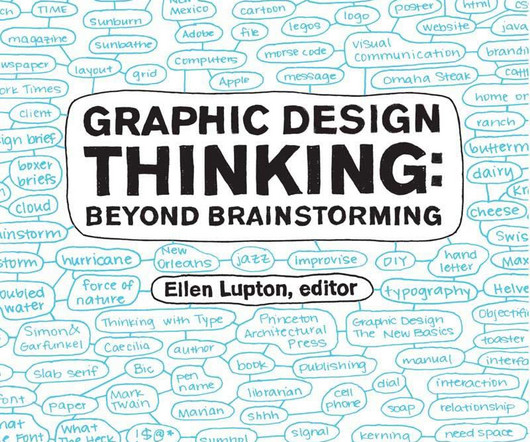The mechanics of non-human personas
UX Collective
JUNE 5, 2022
Yes, there are important movements like sustainable design, eco design and circular design. Design For The Real World by Victor Papanek / Photo via Twitter We can replace “industrial design” with “interaction design”, “UX design” or “service design” and the quote is still accurate. Papanek, V.














Let's personalize your content